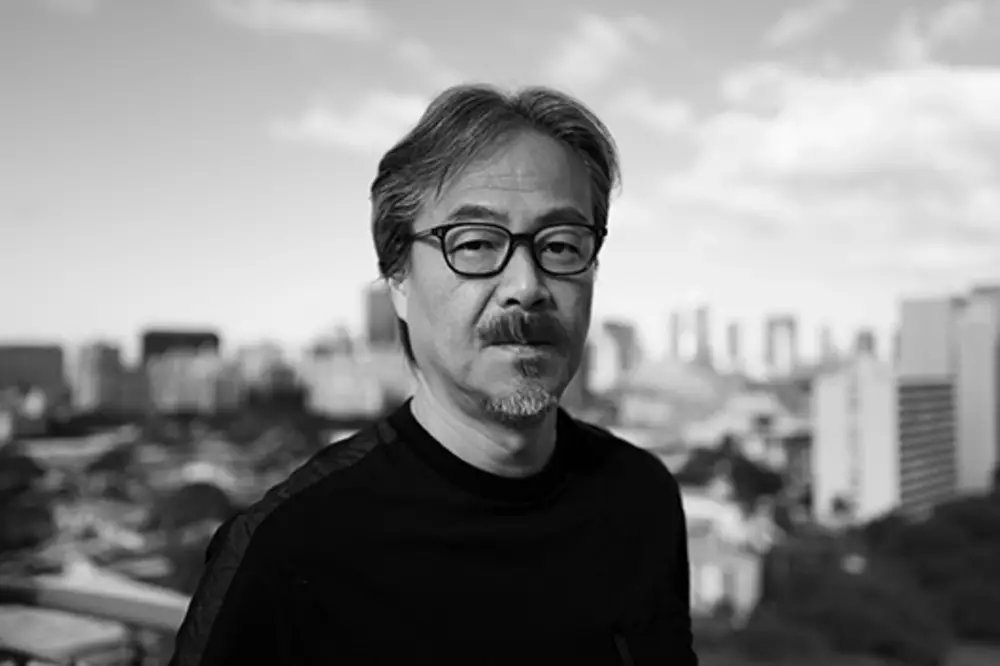Of all the legendary designers in the history of interactive entertainment, there are typically a select one or two individuals responsible for establishing the genres that the industry thrives on, with gamers playing and enjoying for decades into the future.
It is quite evident that Miyamoto’s masterful work on the Mario series established two-dimensional side-scrolling platformers as an industry staple, for instance.
Following into the early 1990s, engineer and industry visionary John Carmack soon became the brainchild of the first-person shooter for his work on DOOM, with the genre’s first major evolution soon taking place with Gabe Newell’s Half-Life.
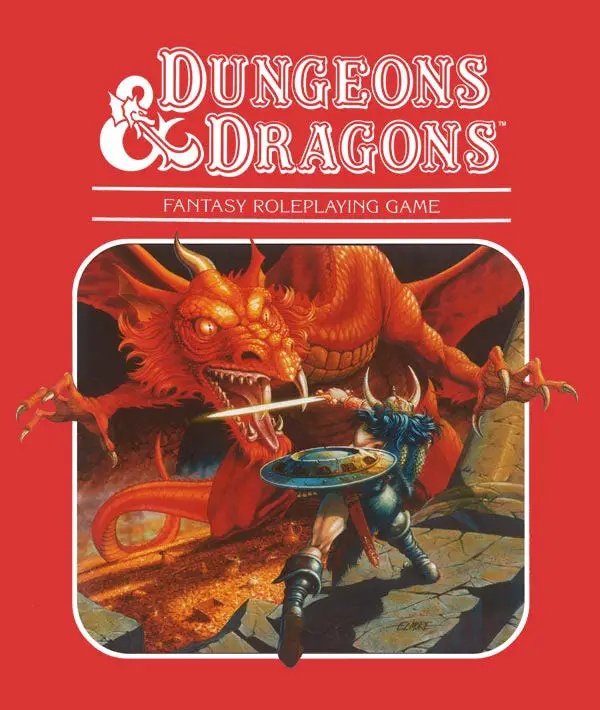
Yet, during the 1980s, the role-playing genre first made a concept by Dungeons & Dragons (D&D) remained relatively untouched in video games. It was not until a humble company from Tokyo, Japan called Square decided after a series of unsuccessful titles to ship one last game, led under the direction of Hironobu Sakaguchi.
Before joining Square, he studied electrical engineering, dropping out soon after. The supposed last game, initially released for the Nintendo Entertainment System (NES), saw unprecedented commercial success, revolutionizing electronic role-play games by being the first serious entry of its kind and laying the foundation for what Japanese-turn-based role-playing games (JRPGs) would soon emulate for over 20 years.
In December of 1987, Square released Final Fantasy.

While Final Fantasy I established the now commonplace design elements in JRPGs, such as overworld mapping, side-view turn-based battle systems, inventory management, and menu screens, Final Fantasy II distanced itself from the vanilla character frameworks in D&D.
During the development of Final Fantasy II, Sakaguchi made a critical choice to give each of the characters their own respective genders, backstories, and in some cases, their own unique class. This precise decision and philosophy become an industry-standard in the design process of all JRPGs thereafter and entries in the Final Fantasy series up to the present day.
As an artistic and creative individual, Sakaguchi wanted to depict vivid, exotic universes with believable characters to inhabit them. He believed this design decision, coupled with the various turn-based combat systems, would allow gamers to immerse themselves into these digital experiences further, becoming attached to the worlds he created.
After the completion of industry blockbuster Final Fantasy VII, released in 1997 for the original Sony PlayStation, Sakaguchi undertook less directorial work at Square; becoming an executive producer on several other successful titles including Parasite Eve (1998), Vagrant Story (2000), and Kingdom Hearts (2002).
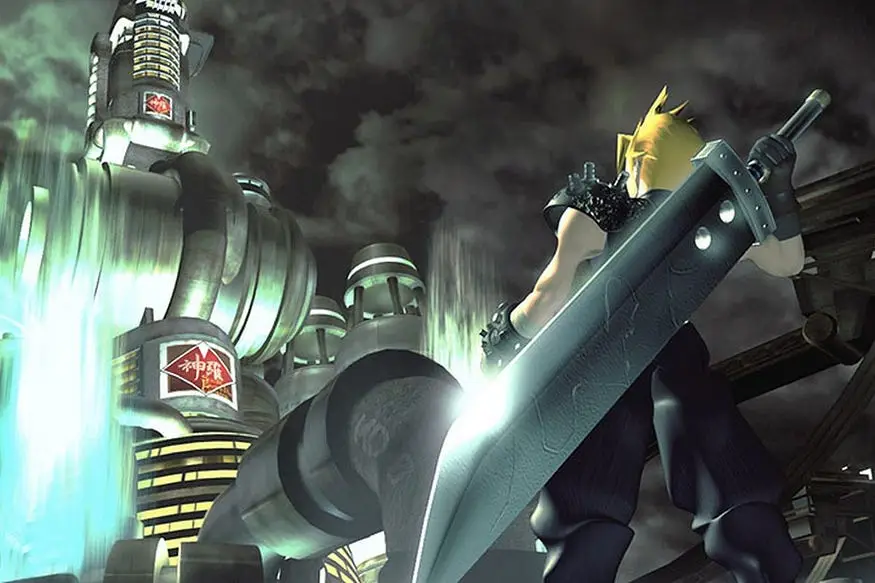
He then went on to become an entrepreneur and founded a company known as Mistwalker in 2004 that also produced successful titles such as Lost Odyssey (2007) and, more recently, Terra Battle (2014), Sakaguchi’s first game designed for the mobile phone market.
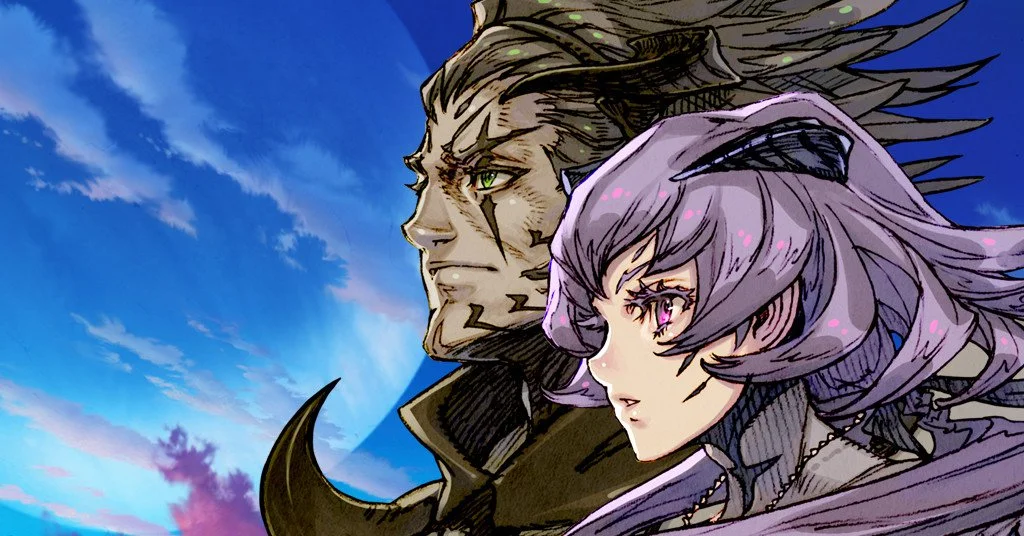
Throughout his three decades of design, Sakaguchi has established his own brand and artistic style. His primary works all follow the Japanese tradition of the turn-based role-playing game genre, typically favoring strategy over action in combat, interface systems design, and emphasizing key pillars in literary work/stories, including characters, setting, and plot.
Sakaguchi shares many similarities and yet many differences with his Western designer counterparts. Unlike most Western titles that allow the player to project themselves onto their digital avatars (a concept known as Avatar Play as referenced by Gregory Douglas of Ubisoft), Sakaguchi’s role-playing games force the player to take on the role of an observer and participant in the situation presented.
- Read more: The Tragic Story of the Terra Series
In Sakaguchi’s format, the characters and setting are firmly established, with a beginning, middle, and end already determined by the writing team.
Such examples of protagonists in Western titles that allow for a blank slate to be painted with the player’s imagination include the Dragonborn from Bethesda’s The Elder Scrolls V: Skyrim (2011) and Chell from Valve’s Portal (2007).
Furthermore, success with combat in Sakaguchi’s works focuses almost entirely on mathematical statistics earned with the time invested by the player, whereas western titles allow for raw skill and reflexes in action-oriented combat to succeed in advance.
Final Fantasy VI was an undeniable success that many in the industry claim to still be the greatest role-playing game ever made, yet it was able to achieve this with a leading female character known as Terra Branford. This example diminishes publishers’ arguments over whether games can succeed financially with a female protagonist.
While this style may seem like chaining the player to a strict set of rules, it allows designers to further tune the gameplay to create more challenging yet fair experiences that appeal to gamers.
It also allows players who want to repeatedly grind experience points before significant combat encounters to overpower themselves and enjoy a god-like sensation from experience.
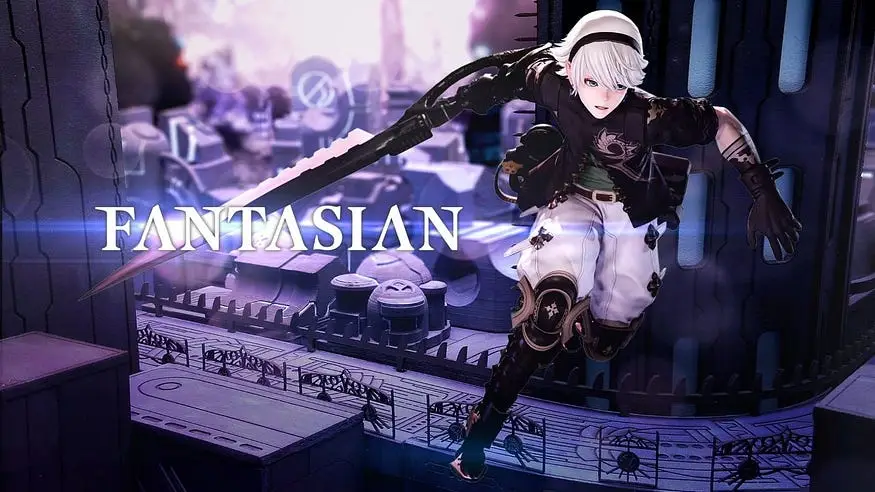
These two advantages are the core philosophies of Sakaguchi’s design and have carried through his games to the present day.

